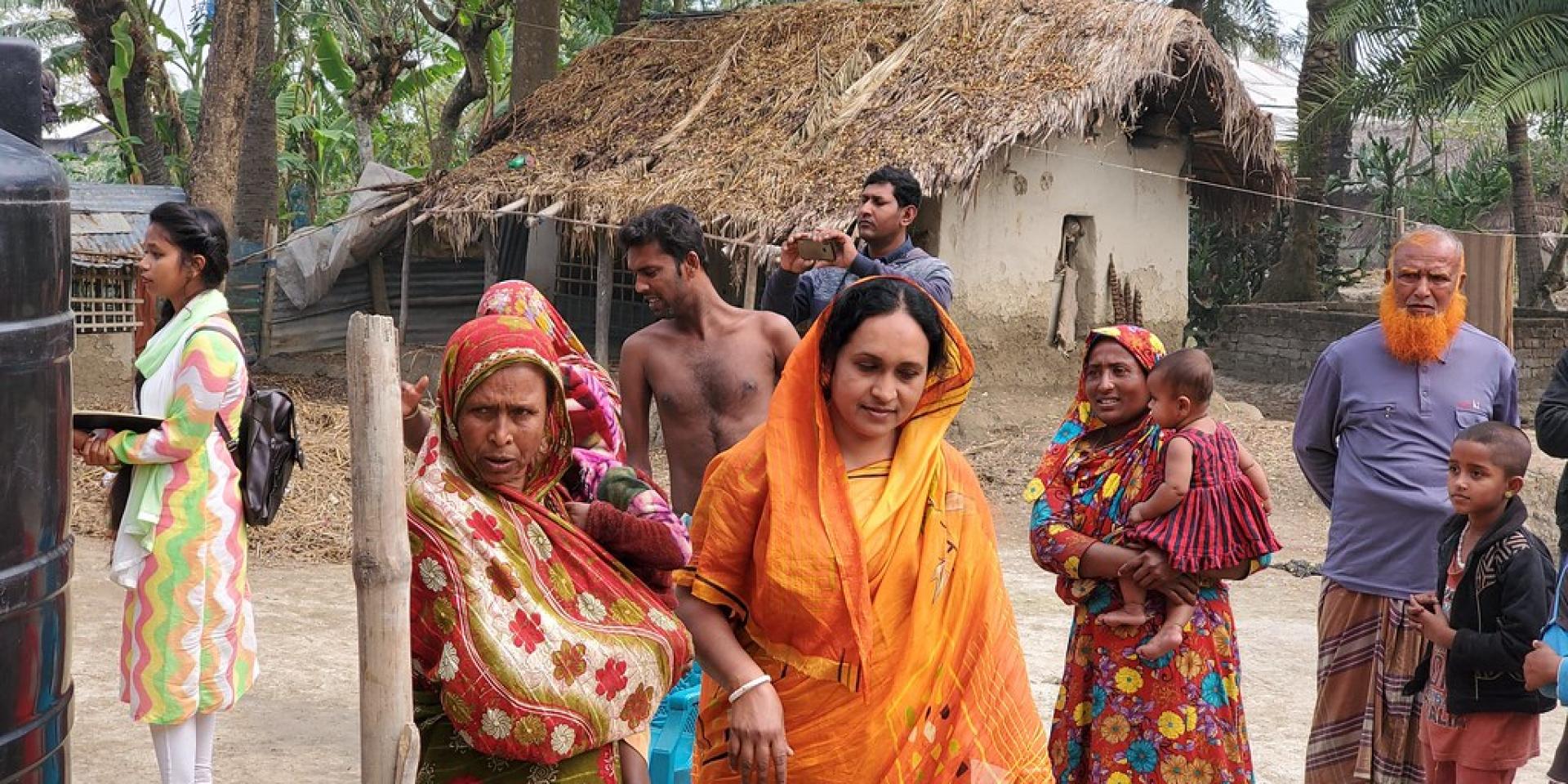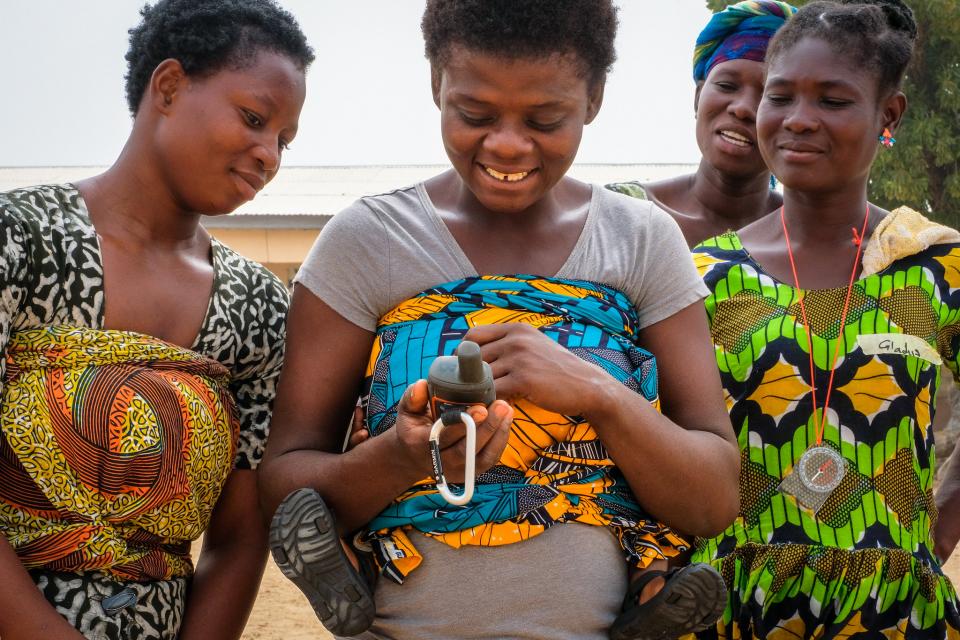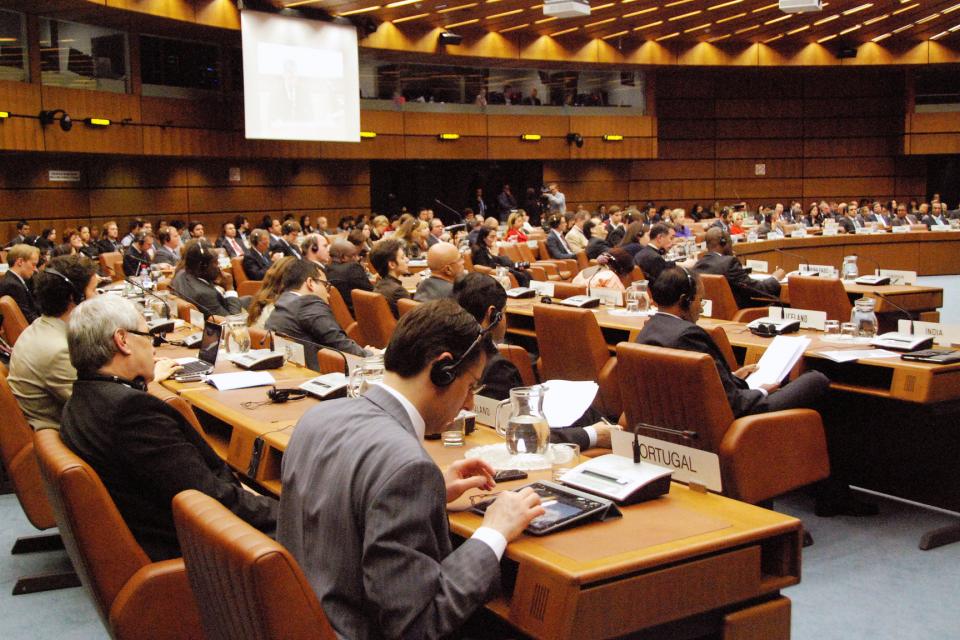Climate change and time poverty trap women in a vicious cycle
 Photo: Babatunde Abidoye/UNDP
Photo: Babatunde Abidoye/UNDP
“Since my husband left home, I am responsible for everything, such as daily shopping and cooking, household chores, my children’s education - simply everything,” said Joynab from the Barishal District of Bangladesh.
Her husband migrated to Chittagong due to riverbank erosion which made their farming unviable. The geographical location, land characteristics, river diversity, and monsoon climate make Bangladesh highly vulnerable to natural catastrophes. Each year, the country faces a slew of natural hazards, including seasonal floods, flash flood, cyclones, heat waves, riverbank erosion, drought, storm surges, and saline intrusion.
The latest IPCC report projected that the country is likely to face extreme heat and humidity, continued rise of sea-level resulting in loss of homes of four million people and threatening effect on industry and agriculture because of climate change. About 1.0 to 2.0 million people of the south of Bangladesh are at risk of displacement by mid-century and a decline in rice production by 12 per cent to 17 per cent.


